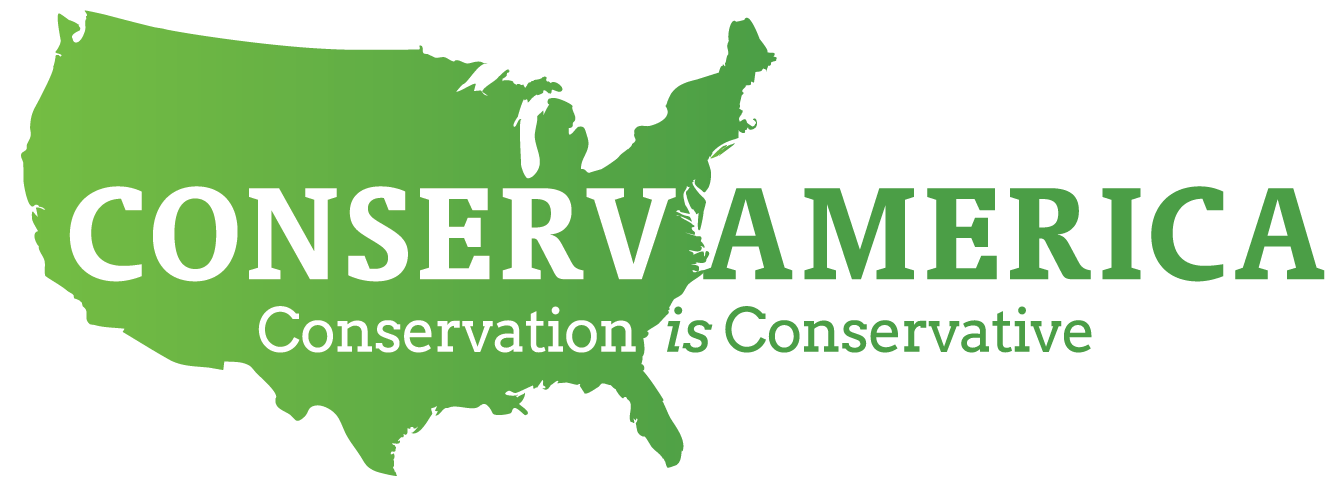Endangered Species Act Can Be Improved by Empowering Landowners
As we often say, conservation is conservative, and it always has been. Case in point: The landmark Endangered Species Act was signed into law by a Republican, President Richard Nixon, in 1973.
There’s no question the ESA was a watershed moment in the history of conservation, and we should be proud of the fact that it has helped dozens of species recover—including America’s iconic bald eagle. However, the overall recovery rate since it was enacted stands at just 3 percent, and enforcement often ends up triggering unnecessary litigation and targeting property owners, many of whom are conservationists themselves. Could we do better?
U.S. Representative Paul Gosar (R-AZ) believes so, which is why he introduced the Bring ESA Into the 21st Century Act back in January. Like virtually everything else, Rep. Gosar’s legislation has taken a back seat at the moment, but it should be front and center when Congress resumes its normal activities. Rep. Gosar is the chair of the Western Congressional Caucus, which has led recent efforts on the issue.
ESA should be modernized to facilitate more carefully targeted efforts to better assist species that are genuinely in danger. More importantly, however, with over 80 percent of listed species occurring partially or entirely on private lands, and with hundreds more being considered for listing, private property owners are integral to the solution. Wildlife on private property is typically managed more sustainably than those subject to political management or left in the public commons.
The fact is the current litigation-driven model is failing to curb abuse, protect the interests of local communities, and, most tellingly, save the very species that are on the brink of extinction. In many cases, it can even be counterproductive. So, H.R. 5580 incentivizes landowners to protect and keep species from being put on the ESA list and codifies specific rules and regulations to respect private property rights better.
Specifically, the bill enacts into federal law two different rules from the U.S. Department of the Interior regarding Section 7 of the ESA that list species and critical habitat designations. First, it clarifies the process for habitat consultation to increase speed and efficiency. It also seeks to establish more precise definitions for essential terms.
The bill improves predictability and provides certainty for species listings and critical habitat designations. It accomplishes this by requiring the Secretary to identify with specificity the individual elements of habitat that a species requires before making a designation, requiring habitat designations to be actual habitat essential for the conservation of the species, and requiring the Secretary to first exhaust all occupied areas for designations before targeting unoccupied areas.
Both Republicans and Democrats want to protect our species from extinction. And few individuals are as concerned for wildlife than our landowners. The way forward on these goals should be standard, transparent, public scientific research and measurement combined with the empowerment of states and affected stakeholders in decision-making. Rep. Gosar’s legislation could make the difference.

